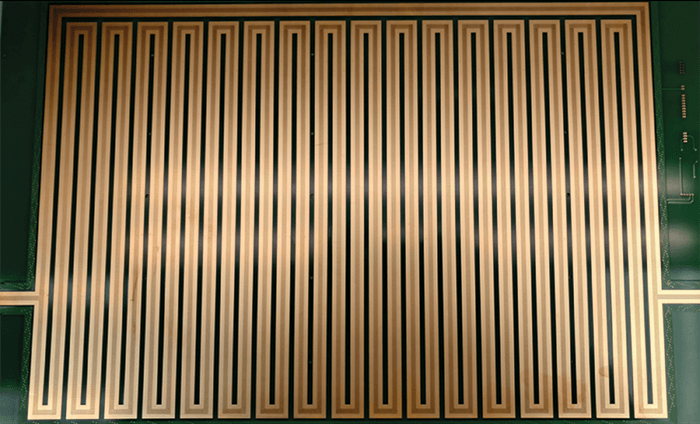What’s the latest from your lab? We’re exploring better, faster, more effective ways to characterize a wide range of biological systems, including those affecting human health and the environment. I’ve had a longstanding interest in combining different separation techniques with mass spectrometry, including LC, SCF, capillary electrophoresis and capillary LC. Right now, my group is continuing that interest by combining MS with very high-resolution ion mobility spectrometry (IMS). IMS has a great deal of potential for analytical science, but lack of resolution has limited its use. My lecture at ISCC focused on a new approach for IMS-MS based upon what we call Structures for Lossless Ion Manipulations (SLIM) – a new form of ion optics. SLIM are constructed from electric fields generated by arrays of electrodes on evenly spaced planar surfaces, to which various RF and DC electric potentials can be applied, and used to enable a broad range of ion manipulations. We exploit the robustness and ruggedness of mature technology developed to support electronics, but instead of moving electrons around a circuit, we’re using electric fields to manipulate ions in the gas phase. The lossless ion transmission provided by SLIM provides the basis for exceptionally high sensitivity and we use this along with the ability to create very long path ion mobility separations – long, serpentine paths that allow us to achieve very high resolution. The combination of high resolution, sensitivity and speed are very attractive for many measurements. We have been able to separate a lot of previously indistinguishable isomers; for example, peptides modified with a phosphate group at different sites. We are also developing an application to look at peptides that contain a D rather than an L amino acid – diastereomers or epimers. These molecules are biologically interesting, but hard to resolve with standard techniques. Another potential application is to separate peptide isomers containing leucine versus iso-leucine amino acid residues, which are almost always indistinguishable by mass spectrometry; when we can separate them, we can characterize them effectively. Essentially, we’re addressing blind spots in biological separations. The enhanced resolution with SLIM means we can pull apart things that have almost identical mass spectra and that are difficult or impossible to separate by LC. The separations are extremely fast, typically under a second, and the reproducibility that we get using ion mobility is rock-stable. All we need to do is control temperature and pressure very precisely to achieve very high reproducibility. It’s an important development for many practical applications. I would say it’s a significant departure from the way things have been done. But it has its roots in some of the technology development we’ve done in the past, such as the ion funnel for aiding sensitivity in MS measurements.


What caught your eye at ISCC 2017? The work Dan Armstrong has been doing on D and L amino acids in various biological systems is fantastic, and at ISCC he reported intriguing work in mouse brains and other tissues. I share his belief that these compounds and other related epimers are highly biologically significant, but the roles are generally poorly understood at present. That’s a fun area to watch. (For more on chiral amino acids, see tas.txp.to/0617/CHIRAL). What’s next for your work – and the field? There continue to be fantastic developments in, and a need for improved analysis of, biological samples. People are working with smaller and smaller samples – and are already talking about the single-cell level. Genomics is great but it doesn’t tell us much of what is going on in biological systems. Proteomics and metabolomics measurements are still expensive and slow, with many blind spots. Over time, proteomics and metabolomics will take on some of the speed of genomic approaches, and so will have a greater impact. I truly believe that the work we are doing with SLIM is going to be disruptive in mass spectrometry-based measurements. In some cases, SLIM may displace LC ahead of MS; in others, SLIM could be inserted between the LC and MS steps. At ISCC, I concentrated on using SLIM for ion mobility separations but we really see it as a much broader platform – we can not only separate but also store ions for extended periods, and carry out all kinds of reactions. The greatest opportunities are in what I like to call a “gas phase ion chemistry workbench,” where we can separate, store, react and manipulate ions – providing the basis to do things we could not even imagine in the past. Richard D. Smith is Battelle Fellow at the Pacific Northwest National Laboratory.




